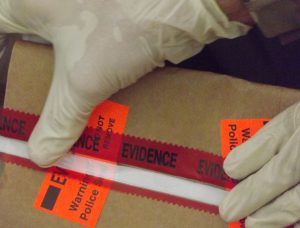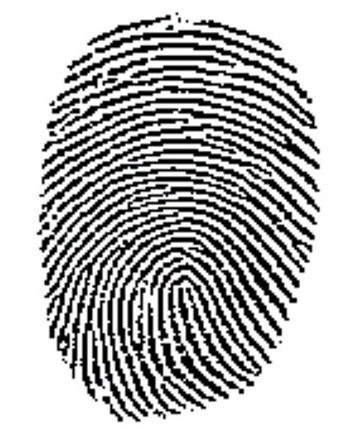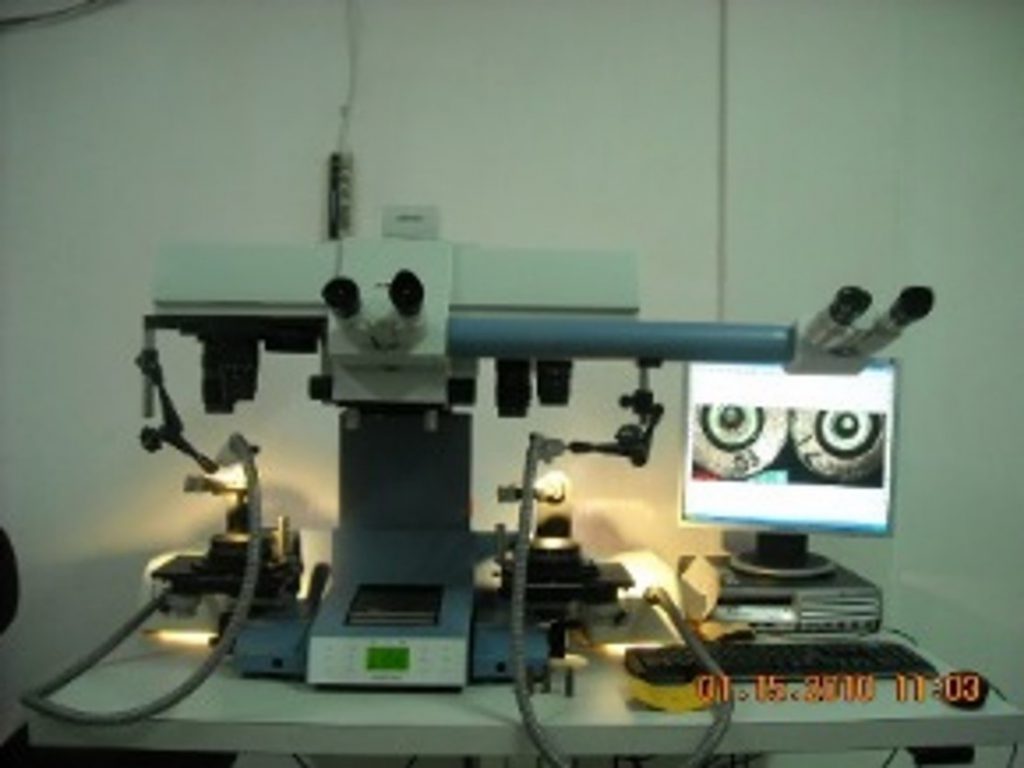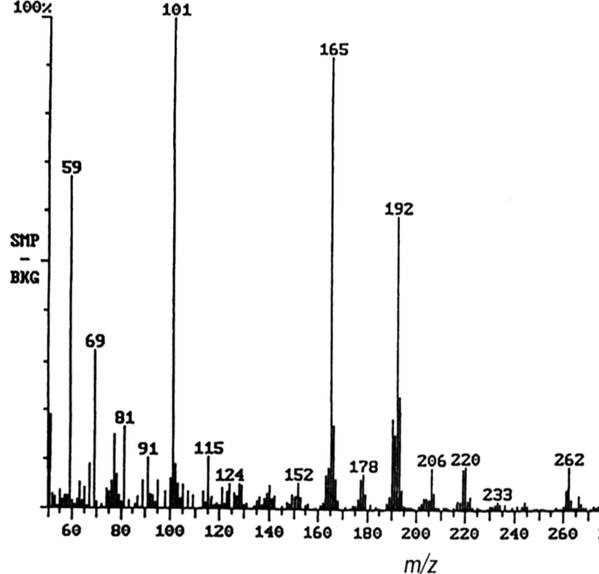What We Do
CPCS Forensic Services provides litigation support and training to staff and private attorneys and social workers as they confront forensics issues in their cases. We assist with forensic issues at all stages of litigation, across all CPCS practice areas – adult and juvenile criminal, care and protection, mental health commitment, parole, and SDP and SORB. We keep attorneys updated on developments in the various forensics disciplines and provide education and training on forensics issues.
Finding an Expert: We may be able to help you find an expert to evaluate the evidence in your case, evaluate your client, consult, and/or testify. We maintain information on experts already approved as CPCS vendors, new experts who have not yet worked on a CPCS case, and can help you find an expert that meets your case’s forensic needs. Currently, this expert information is not viewable on this website. Please email Forensic Services for help finding an expert for your case.
Finding Information on Forensics: Visit our Resources page to learn about some forensic methods and issues, and for links to help you further evaluate forensic evidence. Some of the resources are maintained by CPCS, most are not. This page is not exhaustive. If you need additional assistance or information, please email Forensic Services.
For Forensics News, visit our Forensics News page!
Photo Credit: CreativeCommons.org



